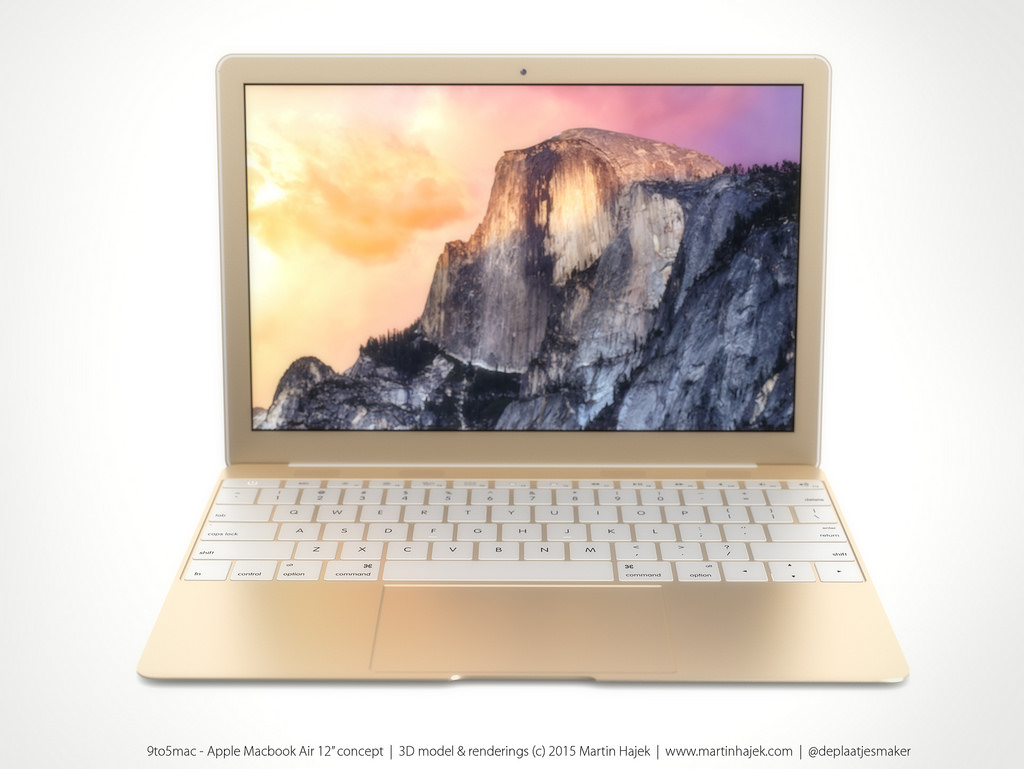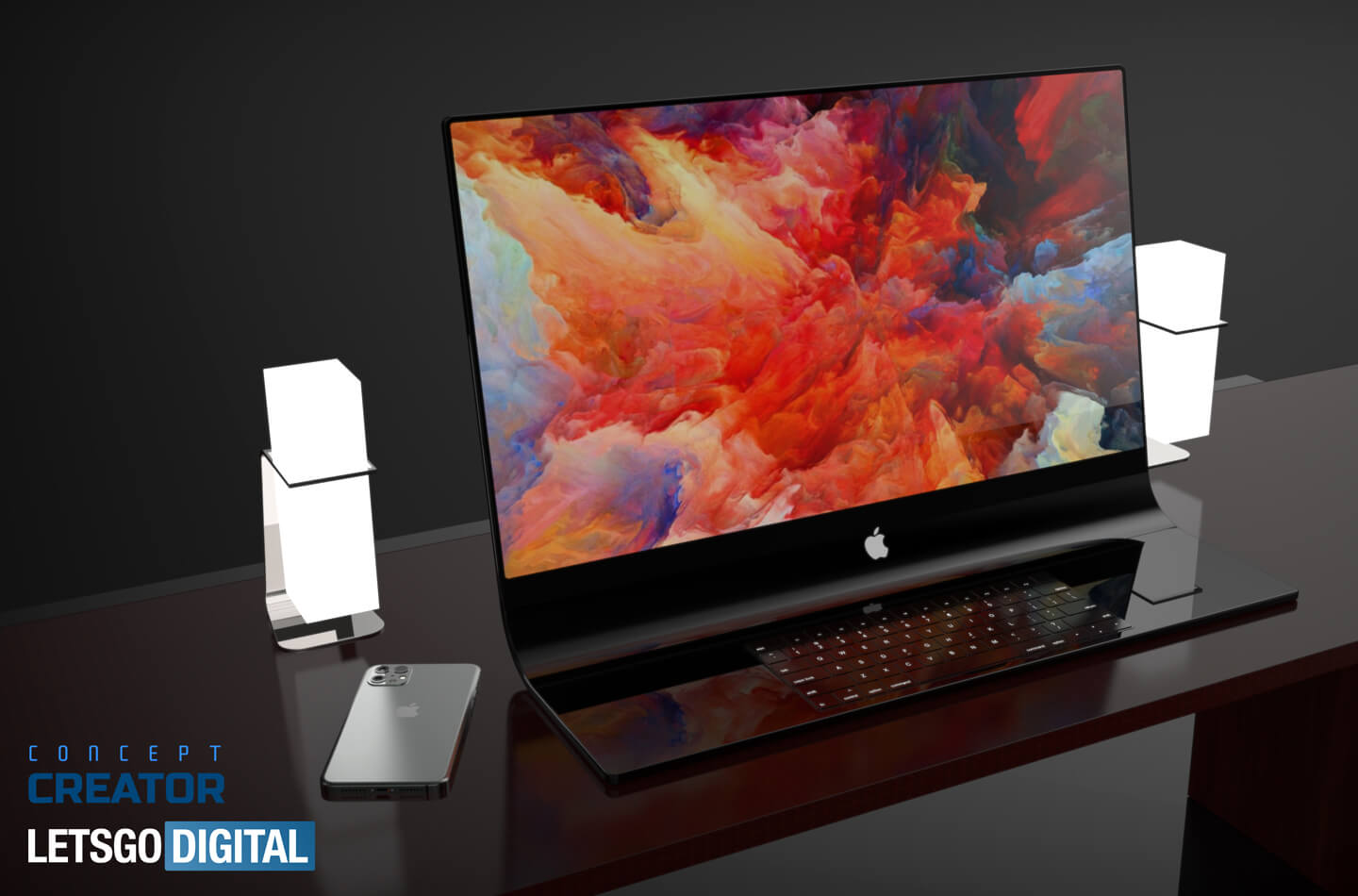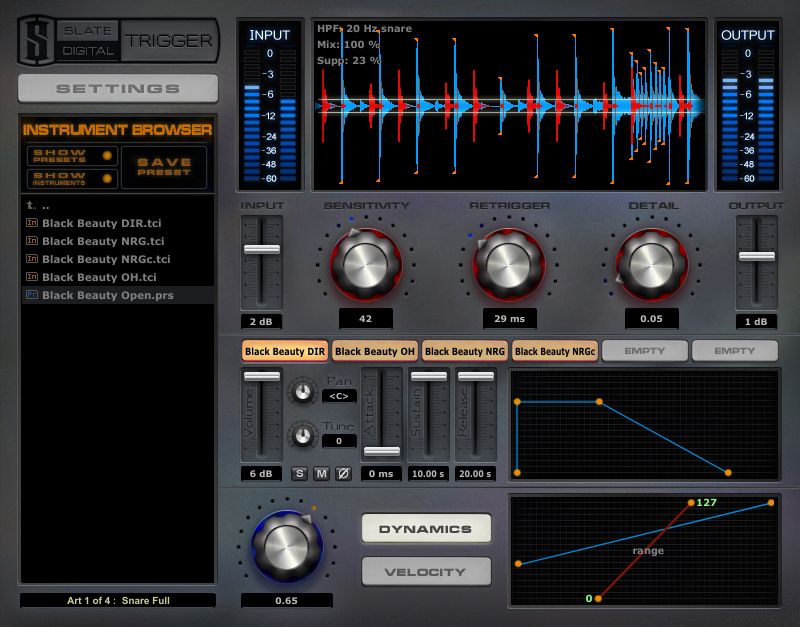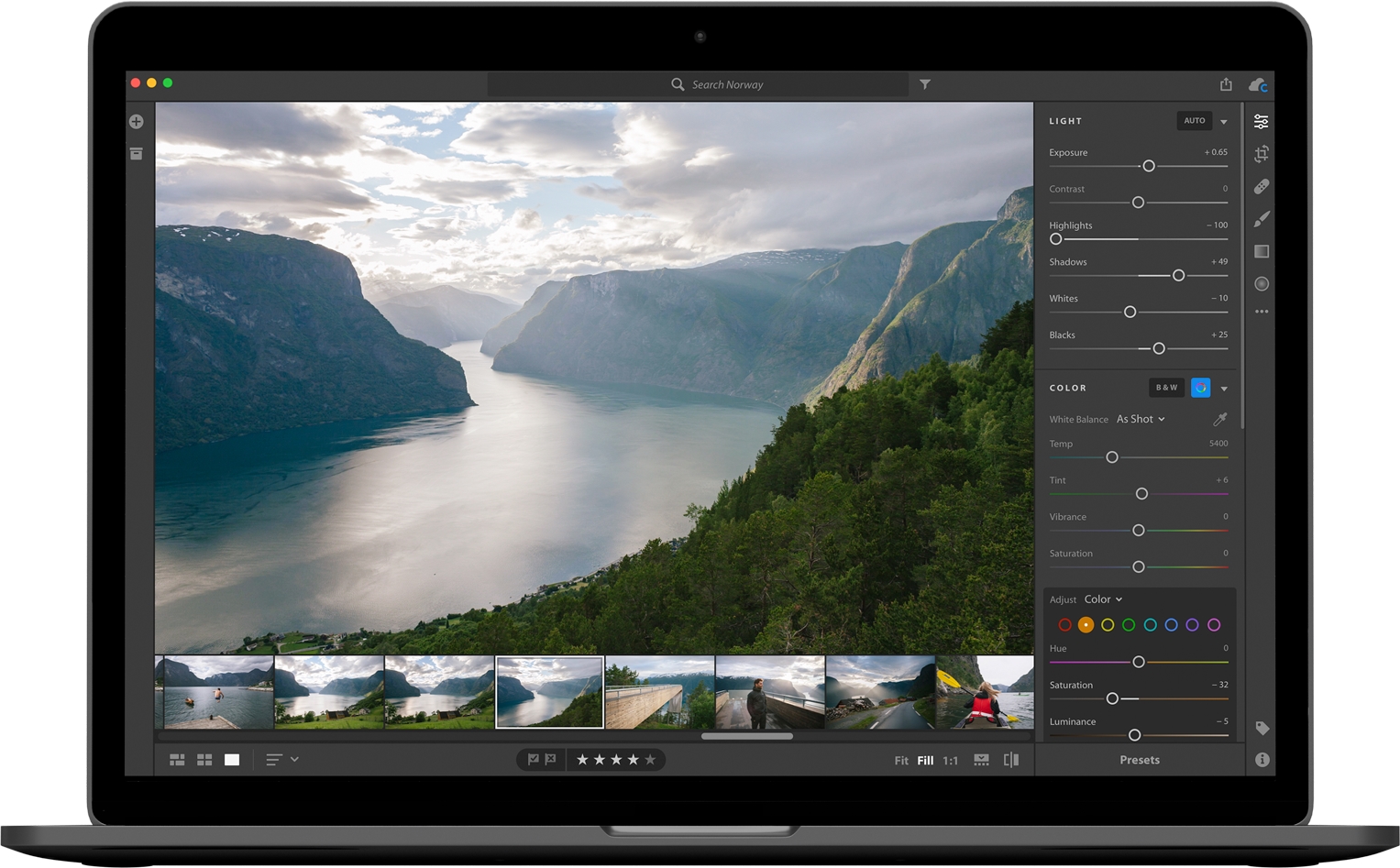★ Mac transition to Apple silicon
The Nintendo 3DS can run GBA, SNES, Sega Genesis ROMs and more using the Virtual Console functionality; further expanding the already massive game library for the handheld device. This guide will show you how to convert ROMs to.cia format and install them as Virtual Console titles on your 3DS Home menu. The C64 online emulator is a fully functional emulator supporting all the well accepted file formats. Just drag & drop your files and play with retro games.
I would like to run the DRAC console connection from a number of my servers off of my MacBook Pro. The console display part works fine, but when I get the console up the keyboard mappings from my MacBook are all out of whack. Is there a way to launch the console with an alternate key map or in som. Manually assign the MAC address to your virtual appliance to avoid MAC address changes or conflicts from other systems in the dynamic pool. Additionally, for virtual Cisco Firepower Management Centers, setting the MAC address manually ensures that you will not have to re-request licenses from Cisco if you ever have to reimage the appliance.
The Mac transition to Apple Silicon is a planned two-year process of introducing ARM64-based Apple silicon into the Apple Macintosh line of computers and eliminating Intels x86-64. CEO Tim cook announced the plan in a keynote address at WWDC on June 22, 2020.
This transition marks the third time that Apple has migrated the Macintosh to the new ISA instruction set architecture. The first was the transition from the original Motorola 68000 series Macs architecture to the new PowerPC platform in 1994, and the second was the transition from PowerPC to Intel x86, which was officially announced in June 2005.
Apple first used the ARM architecture in 1993 in its personal digital assistant Newton and has since widely implemented it in other product lines, including the iPhone, iPad, iPod, and Apple Watch. Apple has developed its own ARM chips since 2009.
1.1. Background. Early involvement in ARM. (Раннее вовлечение в ARM)
In 1990, Acorn Computers made Apple the first significant third-party user of its ARM architecture, in the Newton personal digital assistant. The deal transferred the ARM project to a separate legal entity, ARM Holdings, in which Apple received a 43% stake, and ARM was renamed from' Acorn RISC Machine 'to' Advanced RISC Machines'.
1.2. Background. Switching from PowerPC to Intel. (Переключение с PowerPC на Intel)

Since Apple switched to Intel processors in 2005-2006, all Macintosh computers have used the Intel x86 processor architecture. During his keynote address at WWDC in 2005, Steve jobs noted that Intel processors had outperformed IBMs PowerPC processors in terms of power consumption, and that if Apple continued to rely on PowerPC technology, it would not be able to build future Macs, including high-performance workstations and advanced laptops for the fast-growing laptop market: 'looking ahead, we can imagine some amazing products that we want to build. And we dont know how to build them with the future PowerPC roadmap.'By June 2006, PowerPC processors were still only used in Apples high-end desktop computers and server products. The hardware transition was completed when Intel-based Mac Pro and Xserve computers were announced in August 2006 and shipped by the end of the year.
Apple discontinued support for booting to PowerPC with Mac OS 10.6 'Snow Leopard' in August 2009, three years after completing the transition. Support for PowerPC applications via Rosetta was discontinued with macOS version 10.7 'Lion' in July 2011, five years after the transition was completed.
Console Mac App

1.3. Background. The development of processors. (Разработка процессоров)
In 2009, Apple bought processor company P. A. Semi for $ 278 million. At the time, it was reported that Apple bought P. A. Semi for its intellectual property and engineering talent. CEO Steve jobs later stated that P. A Semi will develop a system on chips for Apples iPod and iPhone. Then Apple released a number of products with its own processors.
Rumors that Apple would switch the Macintosh to specially designed ARM processors began to circulate in 2011, when SemiAccurate predicted that it would happen by mid-2013. In 2014, MacRumors reported that Apple was testing a prototype ARM-based Mac with a large Magic Trackpad. In 2018, Bloomberg reported that Apple plans to use its own chips based on the ARM architecture starting in 2020.

In recent years, numerous frustrations and problems related to the pace and quality of development of Intels technologies have been recorded in the media. Apple reportedly had problems with Intel modems for the iPhone in 2017 due to technical issues and missed deadlines. Meanwhile, a 2018 report suggested that problems with Intel chips prompted a redesign of the MacBook. In 2019, Apple blamed a lack of Intel processors for the decline in Mac sales.
By 2020, the Apple A12X processor used in the 2018 iPad Pro was reportedly roughly equal to the performance of the Intels Core i7 processor used in the MacBook Pro at the time.
In the months and weeks leading up to WWDC Apple 2020, numerous media reports were awaiting the official announcement of the transition during this event.
2. Switching to Apple silicon. (Переход на Apple silicon)
Apple announced its plans to switch the Macintosh platform to Apple silicon in a series of WWDC presentations in June 2020. It is expected that the entire transition of the Macintosh product line will take 'about two years', and the first Macs based on ARM will be released by the end of 2020. A similar language was used during Apples transition to Intel in 2005-2006, and this transition took about a year and a half.
All the first batch of applications included in the macOS Big Sur release are compatible with x86-64 and ARM architectures. Other applications are also being made dual-platform, including well-known software packages such as Adobe Photoshop, Final Cut Pro and Microsoft Word.
To enable native x86 software to run on new ARM-based Macs, Rosetta 2 dynamic binary translation software is transparently embedded in macOS Big Sur. Universal binary 2 allows application developers to support both x86-64 and ARM64.
To facilitate software development for future ARM-based Macs, application developers will be provided with a prototype ARM-based Mac for testing purposes. This developers transition kit is a significantly modified version of the iPad Pro hardware inside the Mac mini enclosure.
2.1. Switching to Apple silicon. Performance. (Производительность)
In an interview shortly after the transition was announced, Apple senior software engineer Craig Federighi praised the developers performance of the Transition Kit DTK, Apples prototype ARM-based Mac, and contributed to expectations of superior performance of future commercial products based on Apple silicon, specifically designed for the Macintosh platform: 'even that DTK hardware that runs on an existing iPad chip that were not going to put into a Mac in the future - its just not there for the transition - the Mac works awfully well on this system. This is not the basis on which to judge future poppies. but it does give you an idea of what our Silicon team can do when they dont even try - and they will try.'
Mac Virtual Camera
3.1. Influence. Apple
This transition may allow Apple to reduce component costs, as it will no longer need to purchase expensive processors from outside.

3.2. Influence. Intel
Sources estimated a modest negative impact on Intels revenue in the short term, as Apple accounts for 2-4% of Intels annual sales, as well as only 6.9–12% of the PC market in the United States and 7% worldwide. Longer-term speculation has suggested that the switch could prompt other PC manufacturers to rethink their reliance on the Intel x86 architecture, as Macs are often considered the defining trends in the personal computer industry.
3.3. Influence. Users

The switch could lead to thinner and lighter Mac laptops in the future, thanks to the energy efficiency advantage that Apple processors have over Intels.
How To Open Console Mac
Applications created for the iOS platform will be able to run natively on MAC computers with ARM support, which will significantly expand the range of software available for the Macintosh platform.
Switching to proprietary Apple silicon can seriously limit or even completely eliminate Amateur 'Hackintosh' computers, in which macOS is forced to run on commodity PC hardware in violation of license restrictions.
Boot Camp software, which allows Intel-based Macs to initially run Microsoft Windows in an Apple-supported dual boot environment, will not be implemented on future Apple silicon-based Macs. At the end of June 2020, Apple announced that it had 'no plans to directly boot to Windows' on ARM-based Macintosh computers. Apple senior software engineer Craig Federighi suggested that virtualization technology is a viable alternative: 'purely virtualization is the route. Hypervisors can be very efficient, so the need for direct download shouldnt really be a problem.'Microsoft has not commented on whether it will expand its ARM-based Windows license beyond OEM presets.
4. Reception. (Прием)
As with Apples 2005 announcement of its plan to switch to Intel-based processors, concerns were raised and dismissed that Apple would potentially suffer an Osborne effect as a result of this announcement, causing consumer demand to plummet due to the publics prior knowledge of obsolescence. Wired expressed skepticism that Apple developers can elevate smartphone-related processors to Mac Pro performance, and questioned the true duration of Intels binary support on ARM Macs under Apples vague commitment to do so 'for years to come.' On a positive note, Lauren Giret noted that Apple can 'succeed where Microsoft has failed,' thanks to the 'close integration' of Apples hardware and software, and a vast collection of apps that can already run on the new platform.
- Advertisement
- The damf application pack v.0.981Misc packages including a matrix application, a text based minesweeper, and simple console functions bundled to be run from a virtualconsole. Some packages are independently runnable. http://damf.sourceforge.net/ for more ...
- Virtual band v.9Virtual band online flash online flash. Virtual band online flash online flash. Listen and recognize note free online music flash game.
- Virtual Spam Prevention v.1.0.7.2Stop spam, not mail. Experience a new breed of spam-fighting mail gateways, that consider outbreak behaviour rather than content. They also protects against phising, viruses, zombie attacks and outgoing distributions. VSP , the virtual machine spam ...
- Automator Virtual Input for Mac OS v.3.0Extends Apples Automator automation program to give it control over the keyboard and mouse cursor. Automator Virtual Input allows Automator to access anything you can by simulating mouse clicks, movement and drags along with keyboard key presses.
- Virtual TimeClock Pro for Mac OS v.10R2Easy to use employee time clock software that you’ll have up and running in just a few minutes. When you need power and flexibility, Virtual TimeClock’s advanced features take the work out of your employee time and attendance tracking.
- Virtual Families for Mac OS v.1.0From the developer of the smash-hit Virtual Villagers series comes the new casual game that captures the drama of life— Virtual Families! Virtual Families is a casual family sim that runs in true-real time. Adopt and nurture a needy person in ...
- Virtual Range for Mac OS v.1.0A rocket flight simulator for Mac OS X. With Virtual Range, you can test the stability and performance of model or high power rocket before you launch it. The rocket’s trajectory is simulated in real time and displayed on the screen, along ...
- Virtual FireworX Screensaver for Mac OS v.2.1.2Celebrate with Fireworks! All year long, any holiday or occasion, Virtual FireworX brings a festive mood to your Mac! These pyro-tastic delights burn cool, so they won’t burn you, or your screen!Virtual FireworX are realtime 3D particle ...
- Molegro Virtual Docker for Mac OS v.4.2Handles all aspects of the molecular docking process from preparation of the molecules to determination of the potential binding sites of the target protein, and prediction of the binding modes of the ligands. Molegro Virtual Docker offers ...
- Virtual CD RW v.2.0.5Virtual CD RW Mac - easy to use virtual CD drive for Mac. It uses a disk image, but appears to Mac OS X as a CD. Use instead of a CD burner because a Virtual CD burner is 10x faster. Make virtual copies of CDs - faster access, protect the originals.
- NoteWorthy Virtual NotecardsTake your 3x5 notecards into the Information Age with NoteWorthy Virtual Notecards, the database for notes, quotes and bibliographic information. Store formatted text of notes and quotes and link with bibiographic sources.
- Alois Virtual Keyboard v.1.0Alois Virtual Keyboard 1.0 is developed to be a helpful and beneficial program which makes it possible for you to replace a real keyboard and mouse including dozens of special characters and letters of the main European languages.Requirements:Intel ...
- Perl Console v.0.4Perl Console 0.4 is a useful program designed to help you evaluate Perl code interactively. It uses Readline for grabing input and provides completion with all the namespaces loaded during your session.This is pretty useful for Perl developers that ...
- Virtual Sheet Music v.1.0Virtual Sheet Music 1.0 is a widget for you to find out the Virtual Sheet Music® digital sheet music catalog from your Mac OS ...
- Virtual Families v.1.0Virtual Families 1.0 gives you an opportunity to play the new casual game that captures the drama of life - Virtual Families! Virtual Families is a casual family sim that runs in true-real time. Adopt and nurture a needy person in the computer. Help ...
- Virtual TimeClock Basic '09If you're looking for a simple computer time tracking system to control payroll costs for a few employees, Virtual TimeClock Basic Edition time clock software is perfect for your business. Virtual TimeClock ends payroll hassles by managing your ...
- Virtual TimeClock Client '09 Release v.3Virtual TimeClock Client '09 Release 3 comes to users as a high-quality full featured network client for connectivity to the Virtual TimeClock Server. Virtual TimeClock time and attendance software is full featured and powerful, yet easy to manage ...
- Virtual TimeClock Pro '09 Release v.3Virtual TimeClock Pro '09 Release 3 is a simple yet smart software replacement for mechanical employee time clocks. Virtual TimeClock Pro tracks worker start and stop times, total hours and overtime for any payroll period. Flexible printing ...
- Virtual TimeClock Server '09 Release v.2.1Virtual TimeClock Server '09 Release 2.1 is a powerfully designed program for the busy owner or manager without a lot of technical expertise. This time clock software can be up and running in a few minutes. Take advantage of powerful auto discovery ...
- Virtual Villagers 3 - The Secret City v.1.0Virtual Villagers 3 - The Secret City 1.0 gives you a good time enjoying a fascinating game in which you embark on a journey with a group of villagers in search of a new part of the island to populate. Land on the hidden shores of the northern side ...
- Java Virtual Keyboard This project is a highly configurable Virtual Unicode
- Virtual MIDI Piano Keyboard for Mac OS A MIDI events generator and receiver. It doesnt produce any
- Virtual Families for Mac OS From the developer of the smash-hit Virtual Villagers
- Virtual CD RW Virtual CD RW Mac - easy to use virtual CD drive for
- Virtual band Virtual band online flash online flash . Virtual band
- Automator Virtual Input for Mac OS Extends Apples Automator automation program to give it
- Virtual Sheet Music Virtual Sheet Music 1.0 is a widget for you to find out
- Virtual TimeClock Pro for Mac OS Easy to use employee time clock software that you’ll have
- Molegro Virtual Docker for Mac OS Handles all aspects of the molecular docking process from
- Javascript Virtual Machine JSVM means Javascript Virtual Machine,it can help you make
Virtual Machine Mac On Windows
Visit HotFiles@Winsite for more of the top downloads here at WinSite!